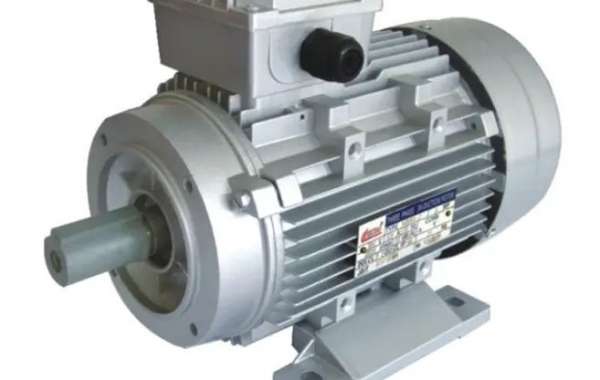Selecting an electric motor involves more than just comparing costs. The core of the decision often comes down to whether an Alternating Current Motor or a Direct Current Motor better fits the intended application. While both types convert electrical energy into mechanical energy, the method of doing so and the resulting performance can differ significantly.
An Alternating Current Motor works efficiently in systems connected directly to power grids, as it takes advantage of the alternating current naturally supplied. These motors are typically preferred in continuous-running operations like conveyor belts, pumps, and industrial fans. Their construction, often brushless, means less wear over time.
In contrast, a direct current motor is suitable for applications that demand flexible speed and torque control. For instance, equipment that requires frequent starts and stops or variable speed levels often benefits from the use of DC motors. These can be found in mobile equipment, battery-powered tools, or elevators.
Durability, control, power requirements, and maintenance should all be part of the selection process. AC motors may offer simplified installation and low upkeep, while DC motors might require more precise control systems but deliver in performance flexibility.
By carefully assessing your project’s needs, you can decide whether a DC Motor or an AC Motor aligns better with your goals. Making the right choice upfront can improve efficiency and reduce long-term maintenance challenges.






